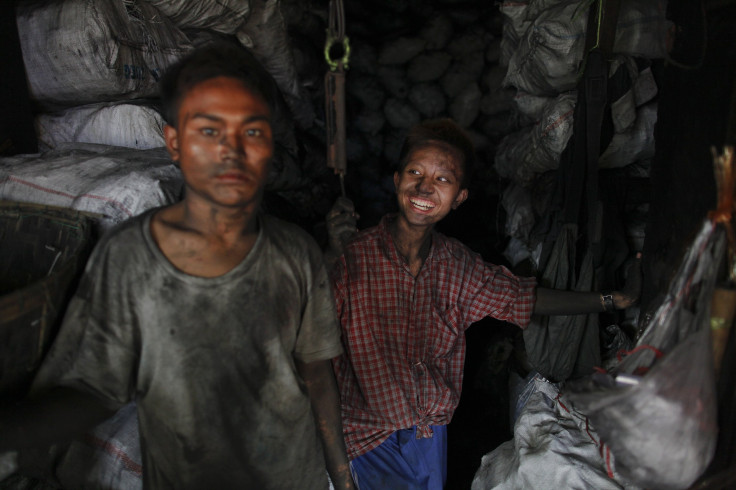Myanmar Domestic Energy Demand: Coal Over Oil And Gas To Fuel Electricity Production

For all the oil and gas resources that Myanmar has the nation’s future electricity needs will likely be fueled by coal as it is cheaper and more readily available. This is by no means unique to Myanmar but is prevalent across the rest of the ASEAN member states – coal is becoming the fuel of choice for companies investing in new power plants across the region.
Collectively, energy demand in Southeast Asia will grow at more than double the world average as all nations in the region industrialize and become wealthier. The 10 ASEAN states will need to spend $440 billion on new power plants before 2035 to meet that consumer demand, the International Energy Agency (IEA) predicted and 40 percent of the total will be spent on coal-fueled systems, reported the Irrawaddy on Tuesday.
By 2035, natural gas will fuel only 28 percent of all electricity generated in the region, a dramatic drop from the 44 percent today due to the high global cost of gas relative to coal, and also to the declining reserves in Indonesia, Malaysia, Thailand and Brunei.
“Burma is anticipating big new discoveries of natural gas from E&P [exploration and production] to come from the new offshore licenses due to be awarded soon, but there is no guarantee of this and even if there is,” Collin Reynolds, a regional energy consultant based in Bangkok, told the Irrawaddy that new gas fields take years to develop from exploration and discovery to production.
“There will be strong pressure to sell a lot of it to foreign customers to boost the country’s GDP [gross domestic product],” Reynolds added.
Malaysia and Indonesia underwent similar periods in the earlier days of their development – selling natural gas to foreign consumers was an important factor in their budding economies, and the two nations remain the world’s top exporters of liquefied natural gas today, Reynolds said, but both countries are already building more coal-fueled power stations due to domestic shortages. In 2012, Malaysia had to purchase electricity from Singapore for several months as a result of a gas shortage.
Myanmar’s gas is already important abroad – while Thailand produces both oil and gas from fields in the Gulf of Thailand, it imports about one third of its gas needs from fields in Burmese waters. Earlier this year, when one of Thailand’s main Burmese offshore suppliers shut down its operating platform for maintenance, Thailand had to buy electricity from Malaysia to cover the shortage.
And for Myanmar, the energy shortage in the region comes at a very inopportune time, the Irrawaddy reported.
“Burma is in a much worse position than most of its ASEAN partners because it is starting out its economic expansion from a very, very low power generation base,” Reynolds said. “There needs to be a rapid growth in electricity generating capacity and I would say that waiting for new gas or oil discoveries offshore is not an option in the short term or even the medium term.”
Thankfully, coal is in ready supply and what’s more, its prices are at their lowest in more than three years thanks to China. The Chinese government is attempting to reduce coal usage to rein in its worsening air pollution, which coupled with low domestic coal price means the enormous market of China is importing less from Southeast Asia.
As a result, the cost of producing electricity from coal will be 30 percent cheaper than from gas in the region for the next decade, according to IEA estimates.
“Coal is emerging as the fuel of choice because of its relative abundance and affordability in the region,” IEA Executive Director Maria Van der Hoeven said in Bangkok, according to the Irrawaddy. “As long as fuel price differentials continue to favor coal over gas by a significant margin, Southeast Asia’s incremental power generation is set to be dominated by coal.”
© Copyright IBTimes 2024. All rights reserved.











